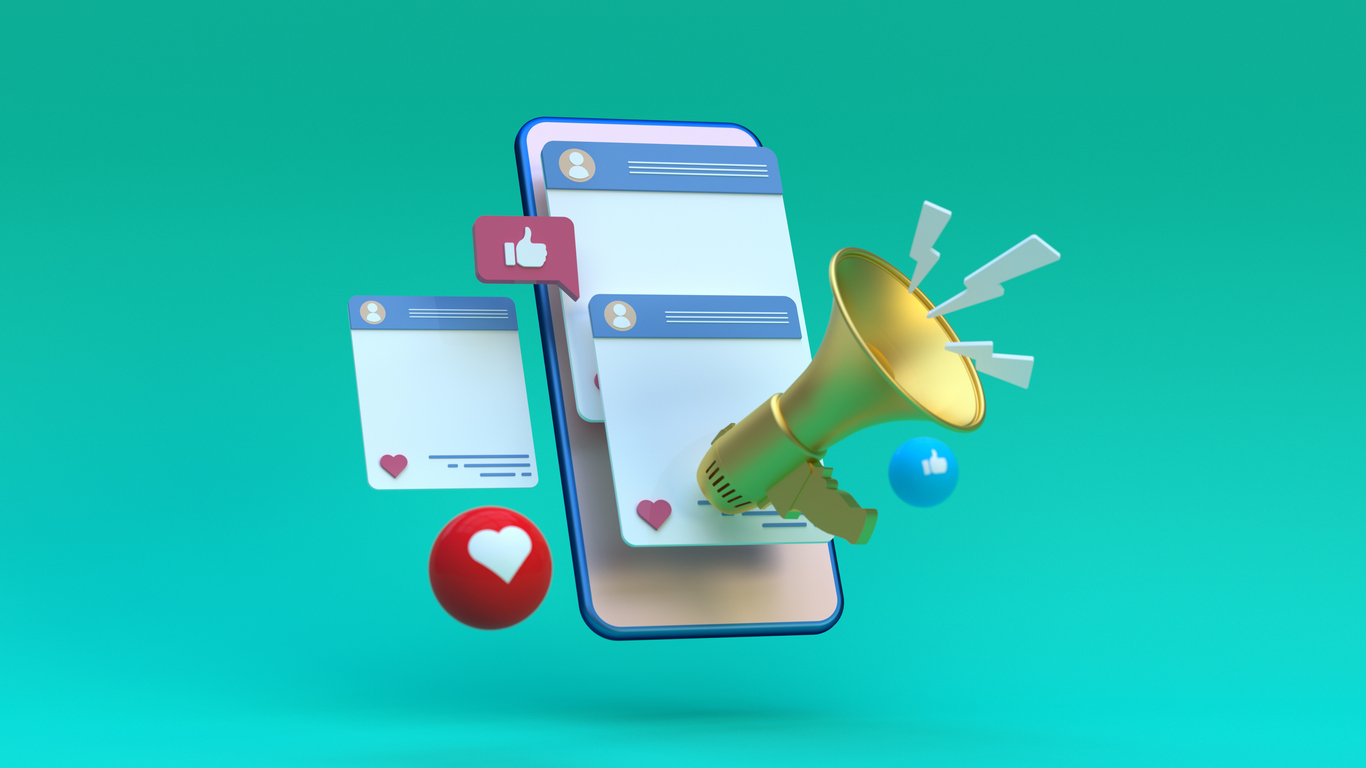Since just after its launch in 2003, the professional networking platform LinkedIn has been a popular tool for connecting with people in any given industry. As a social media platform, LinkedIn is unique in that it offers users the chance to learn, share and discover powerful business opportunities within their own industry niches or by engaging with others. As the platform added features and functionality, LinkedIn offered new tools, including LinkedIn Ads. Insurance agencies may gain significant benefits from LinkedIn Advertisements. In this guide, we will explore the potential of this ad outlet, helping you to determine whether it is a smart choice for your insurance business operation.
LinkedIn Ads: An Overview
Most online advertising platforms are aimed at general consumers. LinkedIn Ads are different, focusing instead on an influential buying audience. Designed from the ground up to deliver ads targeted toward business professionals, LinkedIn Ads changed the digital advertising landscape. Its core ad platform, Campaign Manager, offers marketers a variety of tools and features and offers the ability for companies to create campaigns centered on clearly-defined goals. There are seven options for ads on the platform, and each has their own distinct purposes:
Sponsored Content – running directly on LinkedIn profile pages, these ads are, in essence, promoted posts. Advertisers can choose one of three formats. Sponsored Content ads are ideal for those companies wishing to foster engagement or brand awareness.
Direct Sponsored Content – not published directly on LinkedIn feed pages, these ads still have the visual look of a LinkedIn post, but can be tailored for specific audiences (unlike organic posts on feed pages). This also allows advertisers to try different ad versions without cluttering up feed pages.
Sponsored InMail – InMail is LinkedIn’s messaging tool. By using this option, advertisers can have ads delivered directly to the inboxes of members, and offer a more personalized email experience that boosts conversion. It is important to note that members may opt out of such email-based ads, potentially softening their impact.
Dynamic Ads – created by LinkedIn sales representatives, this format allows for specific personalization and can be used to drive engagement with targeted individuals or groups. These ads appear directly on feed pages.
Text-Based Ads – appearing on banners and on feed pages, these simple ads are very similar to pay-per-click or pay-per-impression campaigns used by digital marketing professionals. They do not offer discrete personalization; rather, they target broad audiences.
LinkedIn Audience Network – these ads are used on LinkedIn’s partner sites and affiliates, potentially reaching a much larger audience not constrained by the platform itself. This format still offers great targeting ability, however, and has proved to be a popular and effective choice.
LinkedIn Advertising Partner Solutions – not satisfied with the other ad options? By opting into this format, LinkedIn’s providers offer a selection of hand-picked partners and affiliates. These targeted ads can be used to build brands, improve engagement, or broadening advertising campaigns.
All of the ad formats are considered “self-serve” in that companies can choose the right solution for their desired goals. Still, LinkedIn’s own sales and ad teams may be needed to get the most out of campaigns, especially when opting for the Advertising Partner Solutions and Dynamic Ads formats.
Leveraging the Power of LinkedIn Ads
Now that we have gained an understanding of the types of ads available to companies on LinkedIn and their primary benefits, it is important to point out that this ad platform is best used for B2B purposes. In other words, insurance companies and brokerages can target agents or other business partners; the platform is not suited for consumer-facing ad campaigns.
Understanding target audiences – and identifying ideal customers in the B2B environment – is the key to harnessing the power of this platform. LinkedIn provides tools for determining job types, demographic and location information, and unique personal details of potential audiences. Audiences can be based on previous or existing customers as well, and these customers often share the same or similar traits as those companies wish to target with LinkedIn Ads.
Next, it is critical that companies go into the LinkedIn Ads platform with the understanding that content-driven ads are essential in reaching new customers. People use LinkedIn to learn, to share, and to network with others in their industry. Providing ads that are rich in information and value, then, tend to produce far better results than generic ads. Developing a robust content marketing strategy in advance remains the very best way to get the most out of the LinkedIn Ads experience.
Drawbacks of Using LinkedIn Ads
Industry analysts and digital marketing professionals know that LinkedIn Ads represents a powerful platform for driving sales growth. There are several potential drawbacks to consider, however; this platform is not for everyone and every advertising need. Some of the drawbacks to be aware of include:
- Steep learning curve – getting ads up and running on the platform can be difficult, and there are challenges associated with tailoring the message and targeting the right audiences for ad campaigns.
- Expenses – pay-per-click/pay-per impression costs exceed those of many other PPC options; the average cost is in excess of $5.00 per click on LinkedIn Ads. Average conversion rates tend to be higher than in other ad options as well, running about $90.00 per conversion.
- Time constraints – because LinkedIn Ads is considered a “high funnel” ad platform, targeting specific B2B audiences, this is not the best tool for quick campaigns. It takes time to produce results. Potential users should consider adding this option to supplement other advertising efforts, particularly if ad budgets allow.
Most importantly, LinkedIn Ads is not a great place to begin an advertising campaign. It is a powerful tool, and one that offers great potential for creating business growth. Industry analysts recommend maximizing all other advertising avenues, including social media, print, and landing page options, before adding LinkedIn Ads to the insurance marketing campaign’s arsenal.
About Agency Tsunami
Agency Tsunami is the digital marketing division of Neilson Marketing Services, who has provided the insurance distribution sector with innovative marketing and communication solutions for over twenty-five years. With our Agency Tsunami program, we have implemented an integrated marketing strategy that includes optimized, professional websites supported by high-quality SEO and Social Media for hundreds of insurance retailers and wholesalers. Our goal is to help your insurance business perform and generate new opportunities. Give us a call at (800) 736-9741 to learn more about how we can do that for you.


 + 1 (800) 736-9741
+ 1 (800) 736-9741
